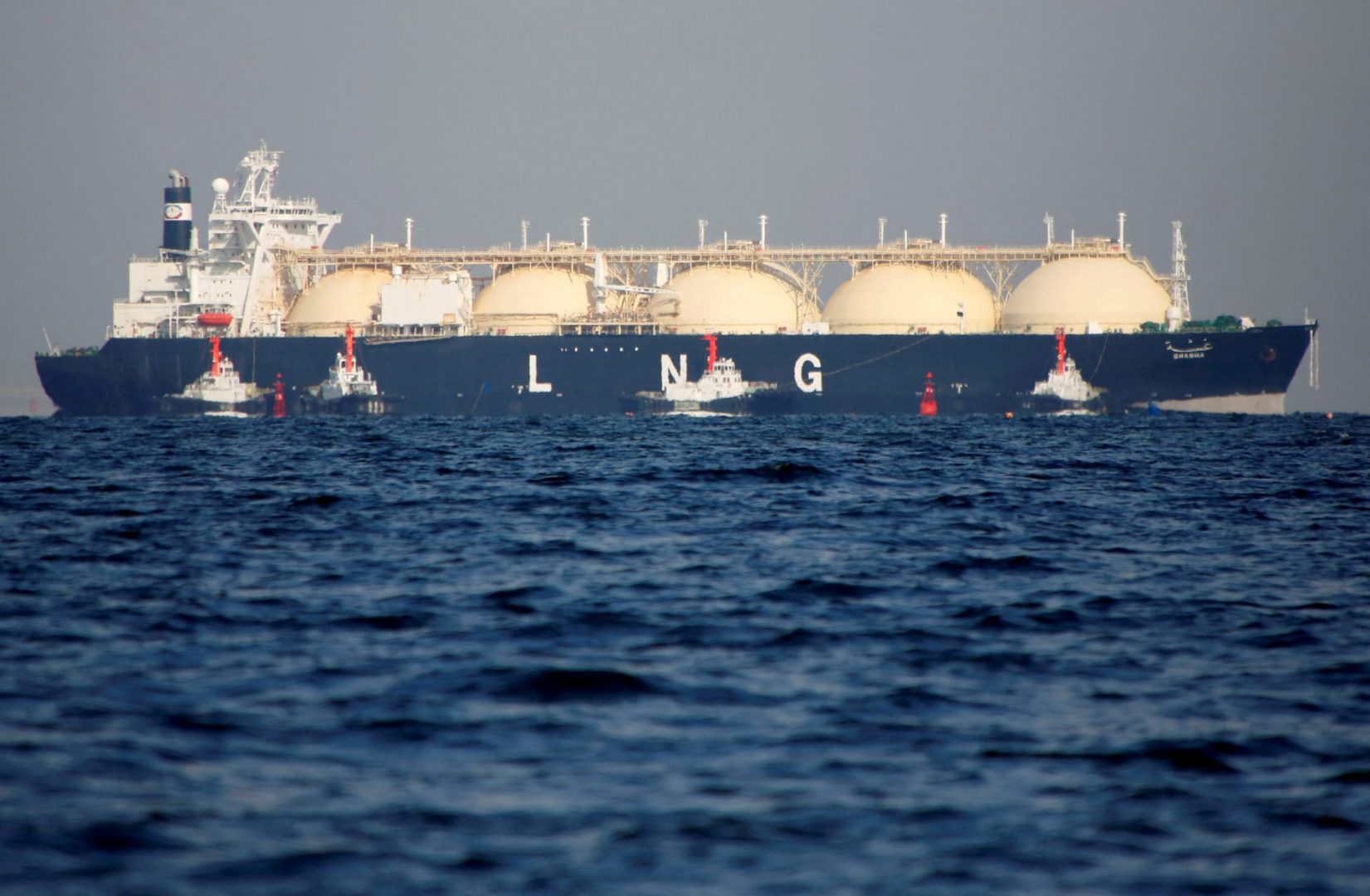Commodities
LNG shortages will lead to very high volatility on gas markets in 2023

Extremely high volatility in global liquefied natural gas (LNG) markets in 2023 will encourage U.S. LNG terminals to continue operating at full capacity, according to S&P Global Commodity Insights’ annual energy study. Still, analysts are predicting natural gas futures prices will rise.
At the same time, prices at the main U.S. gas hub – Henry Hub – are likely to fall because liquefaction capacity will remain at the same level. Despite very high natural gas futures prices, the shortage of new liquefaction capacity will prevent production from rising as much as buyers in Europe and Asia would certainly like.
As a result, gas markets (especially in Europe) will try to balance lower demand with existing reserves instead of increasing LNG production. For Europe, we do not rule out a growing deficit in the gas and electricity markets in FY23. The main reason for such dangerous dynamics is, the authors of the study of S & P Global emphasize, that next year will be the first year for Europe without significant amounts of Russian piped gas.
S&P Global expects a sharp growth in the European LNG infrastructure next year, which will significantly improve the situation with the reception of delivered gas. So we should be prepared for a decrease in natural gas futures prices on the back of this news. By the end of the year 10 LNG terminals will be operational or under construction.
In global gas markets, the most important fundamental determinant of global demand in 2023 will be, according to Dan Klein of S&P Global, Beijing’s coronavirus policy. Numerous lockdowns this year have reduced energy demand in the PRC, which has stabilized the gas, oil and coal markets in Europe, which after Feb. 24 has struggled all year to abandon and find substitutes for Russian energy.
Analysts and economists at S&P Global believe that after virtually no growth in energy demand in China this year in 2023, it will grow to 3.3 million barrels per day regarding oil. Growth in energy demand in the Celestial Empire is expected to account for almost half (47%) of all global growth next year.
Most gas producers agree with analysts’ and economists’ forecasts of extremely high volatility in gas markets in 2023.
Earlier, we reported that record production declines in key U.S. gas basins exacerbated the energy crisis.
Commodities
Oil prices rise; U.S. crude inventories plunge, Russia-Ukraine truce eyed
Commodities
India’s Reliance to stop buying Venezuelan oil over US tariffs, sources say
Commodities
Oil prices climb on Venezuela supply worries

 Forex3 years ago
Forex3 years agoForex Today: the dollar is gaining strength amid gloomy sentiment at the start of the Fed’s week

 Forex3 years ago
Forex3 years agoUnbiased review of Pocket Option broker

 Forex3 years ago
Forex3 years agoDollar to pound sterling exchange rate today: Pound plummeted to its lowest since 1985

 Forex3 years ago
Forex3 years agoHow is the Australian dollar doing today?

 Cryptocurrency3 years ago
Cryptocurrency3 years agoWhat happened in the crypto market – current events today

 World3 years ago
World3 years agoWhy are modern video games an art form?

 Commodities3 years ago
Commodities3 years agoCopper continues to fall in price on expectations of lower demand in China

 Economy3 years ago
Economy3 years agoCrude oil tankers double in price due to EU anti-Russian sanctions























